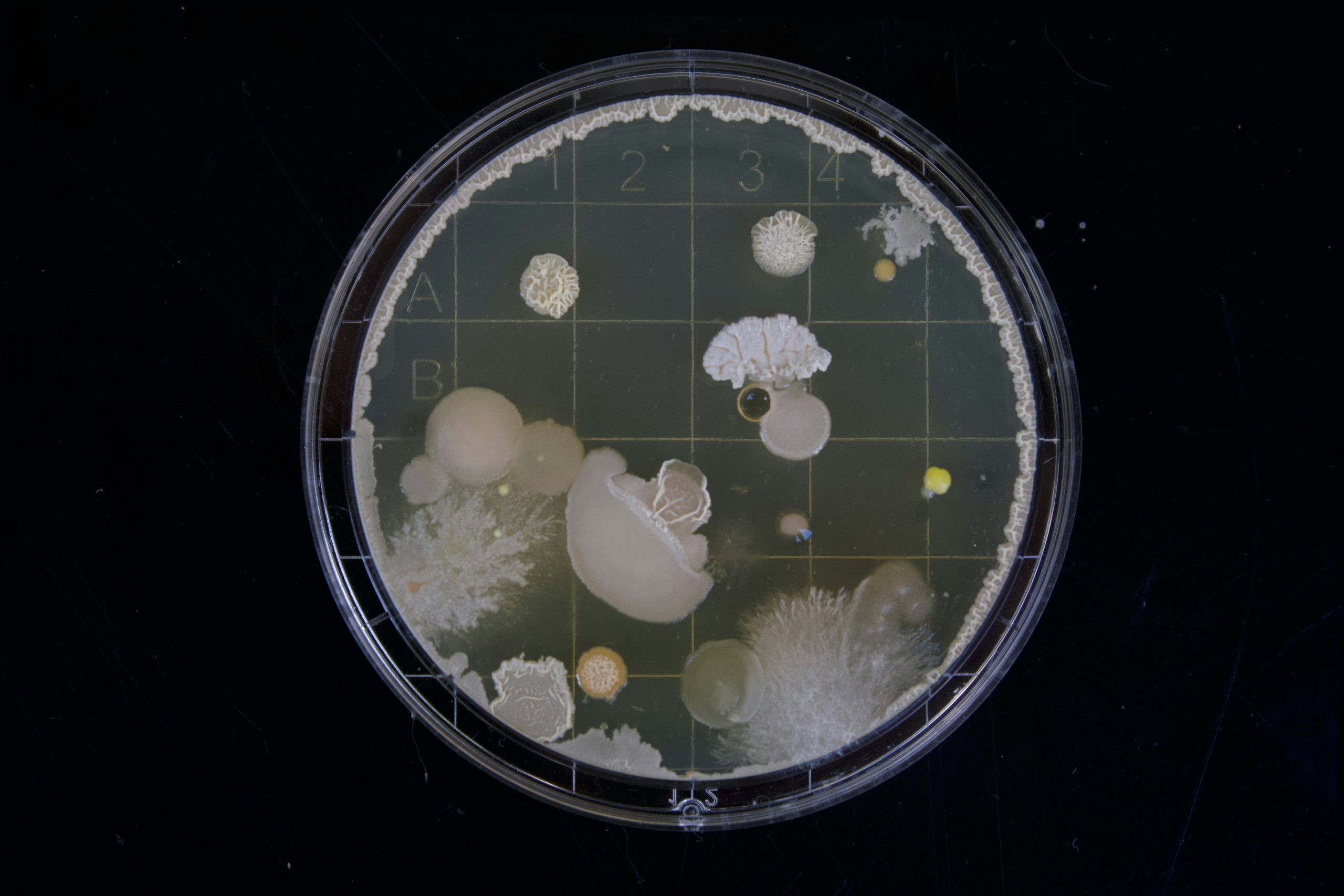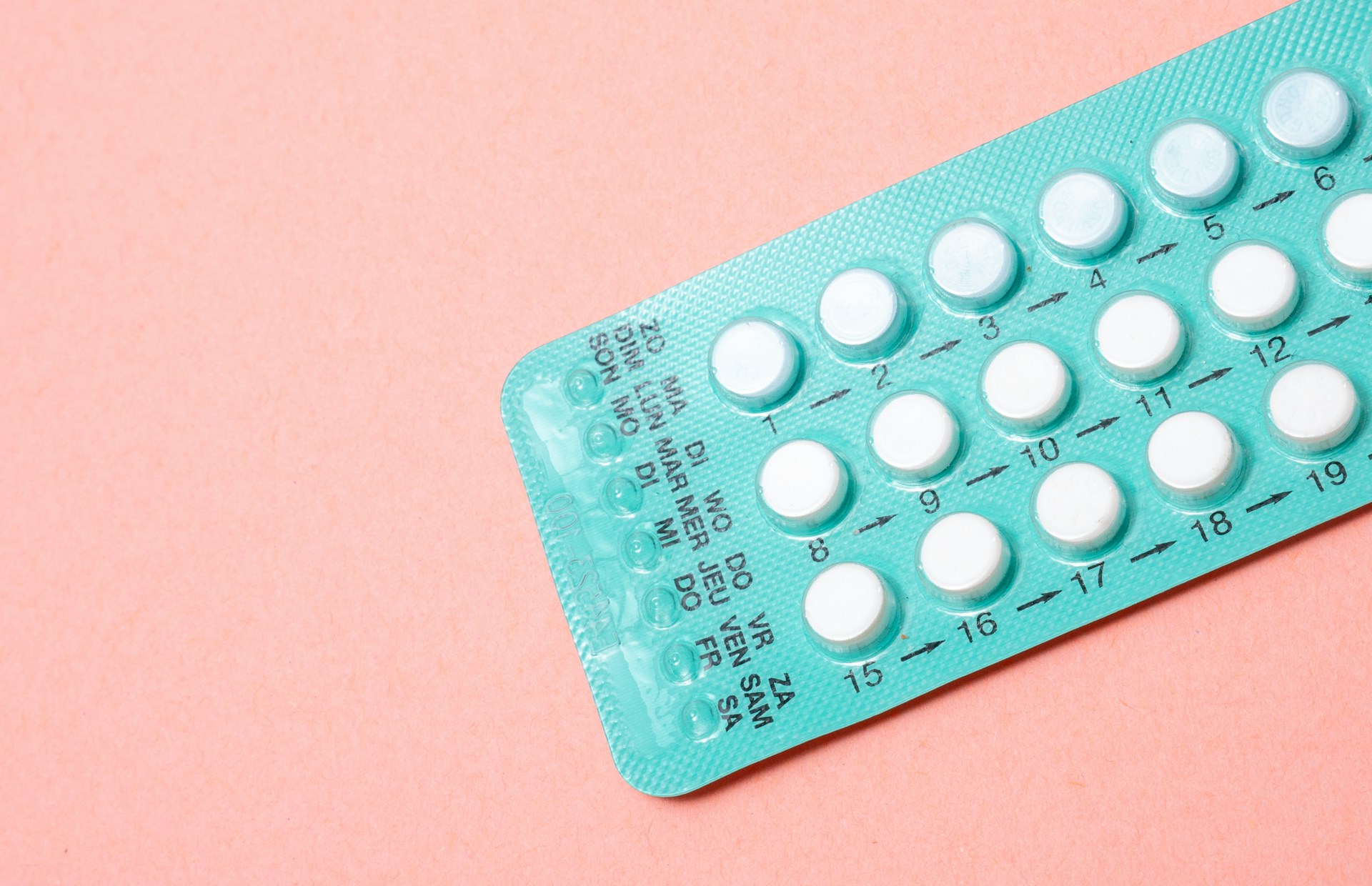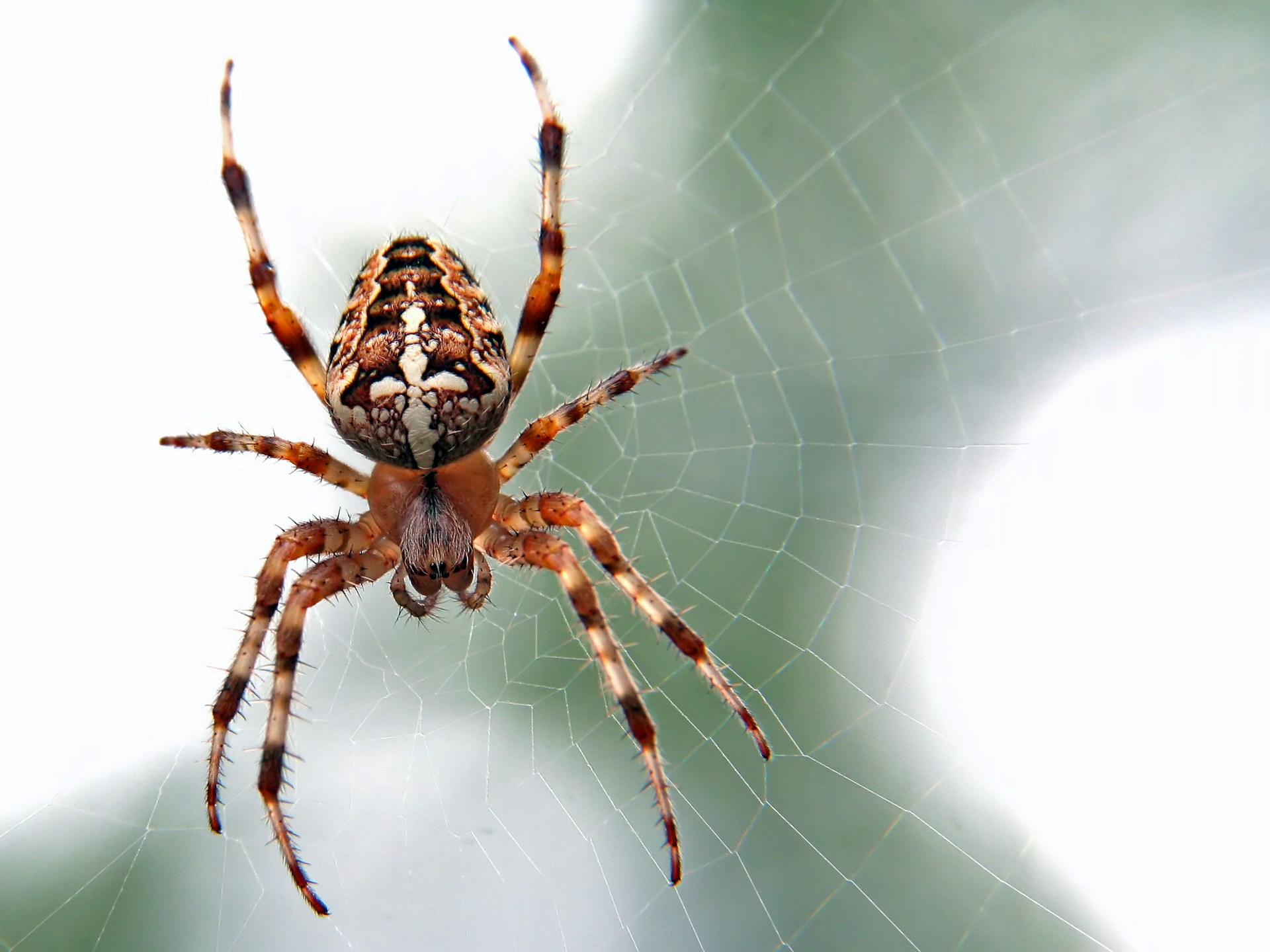Can living organisms be protected under patent law? Photo credit: Michael Schiffer via Unsplash
Having been introduced to IP in the previous article, the next articles in the series will each look at a landmark case and the deep impact the decisions had on their respective industries. In our first case, Diamond v. Chakrabarty, the U.S. Supreme Court decided whether a living organism can be protected under patent law.
From invention to Supreme Court
In 1972, Ananda Chakrabarty, a genetic engineer at General Electric Co., filed a patent for a new type of bacteria. Dr. Chakrabarty had introduced genetic material into Pseudomonas bacterium, allowing the bacterial cells to break down crude oil by metabolising the constituent parts, hydrocarbons. He had intended that they be introduced when needed to minimise the effects of dangerous oil spills. In this initial patent, Chakrabarty had three types of claims: process claims for the method of producing the bacteria, claims of an inoculum (a method of introducing bacteria at oil spill sites) in which bacteria were stored with a carrier material, and claims of the bacteria themselves.
He had intended that they be introduced when needed to minimise the effects of dangerous oil spills.
The patent examiner accepted the first two types of claims but rejected claims over the bacteria itself. After failing at the Board of Patent Appeals and Interferences (BPAI), Chakrabarty appealed to the U.S. Court of Customs and Patent Appeals (CCPA). The examiner overturned the prior decisions and accepted Chakrabarty’s claims; subsequently, the Commissioner of the Patent Office, Sidney A. Diamond, appealed to the Supreme Court.
Legal Reasoning
The 1980 Supreme Court case involved nine judges. Five judges decided in favour of Chakrabarty, determining that living organisms can be patented. There were five key legal issues discussed.
In U.S. Patent law, patentable inventions include ‘any new and useful process, machine, manufacture, or composition of matter.’ The first examiner, who had rejected the patent, had used this to prove that a living organism was not a patentable subject matter. The CCPA, however, reversed the decision based on the prior decision in In re Bergy (1977) that stated that, ‘the fact that microorganisms…are alive…[is] without legal significance’ for purposes of the patent law. The majority in the Supreme Court case determined that use of expansive terms like ‘manufacture’ and ‘composition of matter’ modified by ‘any’ implies that there should be a wide scope of patentable subject matters. Writing for the majority, Chief Justice Burger even cited the congressional report accompanying the 1952 Patent Act. It stated that Congress intended statutory subject matter to include ‘anything under the sun that is made by man’.
Laws of nature, physical phenomena, and abstract ideas had all been held as non-patentable.
The second reason for rejecting Chakrabarty’s patent initially was because of court precedents. Laws of nature, physical phenomena, and abstract ideas had all been held as non-patentable. This had been demonstrated clearly in the case of Funk Bros. Seed Co. v. Kalo Inoculant Co. 50 years prior. Here, the patentee had discovered naturally occurring species of root nodule bacteria that could coexist with other species of bacteria. He used this discovery to produce a mixed culture that could inoculate the seeds of leguminous plants, improving crop yields. The court ruled that the product was non-patentable since the species had not acquired a different use to its natural behaviour. However, Chakrabarty had not just discovered the characteristics of a natural bacterium. Rather, he had created a bacterium adapted for a function that no natural bacterium has. This ground for rejection was therefore overturned.
This ground for rejection was therefore overturned.
The next area of dispute referenced two earlier legal acts: The 1930 Plant Patent Act, which afforded patent protection to asexually reproduced plants, and the 1970 Plant Variety Protection Act that authorised protection of certain sexually produced plants. According to the petitioners, the need for these acts implied that living things were not included within the terms ‘manufacture’ or ‘composition of matter’, and since bacteria were not included, Chakrabarty’s invention was not patentable.
The majority argued that the Plant Patent Act was introduced to overcome two separate issues, which were thought to prevent plant patentability. First, before 1930, plants were considered a product of nature and therefore, were not patentable. Thus the act explained that the work of a plant breeder as an aid of nature made the plant patentable. Second, it was thought that it would be impossible to fulfil sufficiency and clarity for plants since they might only differ by a colour or perfume. Overall, the act relaxed the description requirements for plants and stated that the description must only be ‘as complete as is reasonably possible.’ As for the 1970 act, this was purely an extension of the prior act, now considering new technology.
In sum, the purpose of these two acts were not to distinguish between living and inanimate, but between products of nature and human-made inventions. Since Chakrabarty’s microorganism is the result of human ingenuity, this does not provide evidence to reject the patent.
In sum, the purpose of these two acts were not to distinguish between living and inanimate, but between products of nature and human-made inventions.
The final two claims by the petitioners both involve the power of courts as opposed to Congress. First, they claimed that it would be inappropriate to extend the monopoly patent power without Congress expressly authorising it for microorganisms. The majority argued that Congress could not have foreseen this evolution in science when drafting the patent laws. Since patents are supposed to reward ingenuity and invention, it would undermine them to deny protection for unforeseen inventions. Second, the petitioners argued that there may be potential hazards generated by genetic research and questions of morality. The Supreme Court determined that these questions should be directed towards Congress, and it was not under the jurisdiction of the judiciary system.
Since patents are supposed to reward ingenuity and invention, it would undermine them to deny protection for unforeseen inventions.
Impact
The impact of Diamond v. Chakrabarty was far-reaching and paved the way for a boom in the biotechnology industry, particularly, in the United States. Companies could now patent genetically modified organisms, leading to innovations in medicine, agriculture, and more. Timemagazine even named it one of the 25 most important moments in American history.
In the next article, we’ll explore how this ruling evolved, determining whether a sequence of DNA can be patented. Stay tuned!





